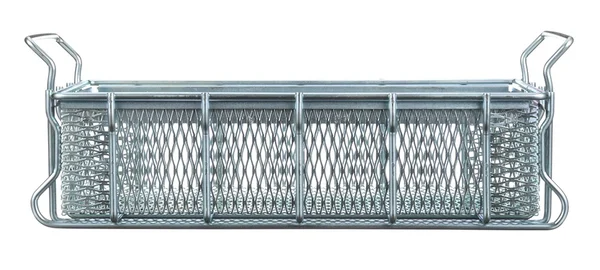Temporary Silt Fence A Crucial Tool for Erosion Control
In the world of construction and land development, erosion control is a significant concern. Among the various solutions available, the temporary silt fence stands out as a simple yet effective method to manage sediment runoff. This essential tool not only protects waterways from harmful pollutants but also ensures compliance with environmental regulations, making it a vital component on any construction site.
Understanding Temporary Silt Fences
A temporary silt fence is a barrier made from geotextile fabric, which is typically supported by stakes driven into the ground. It is designed to intercept sediment-laden runoff from disturbed soil areas, allowing water to pass through while capturing sediment particles. This structure is commonly used in construction sites, land grading projects, and any other activities that disturb the soil and could lead to erosion.
The design of a temporary silt fence allows for easy installation and effective performance
. The fabric is permeable, meaning water can flow through without significant resistance, while the fabric’s structure traps sediment, preventing it from traveling to nearby storm drains or water bodies. When installed correctly, silt fences can significantly reduce the amount of sediment that enters local waterways, thus protecting aquatic ecosystems and maintaining water quality.Importance in Erosion Control
Erosion can have detrimental effects on the environment, leading to the loss of soil nutrients, degradation of land, and the silting of rivers and streams. These impacts can cause a chain reaction, affecting local wildlife, water quality, and even human health. Temporary silt fences are particularly important during periods of heavy rainfall when runoff increases and the potential for erosion is higher.
temporary silt fence

By utilizing silt fences, contractors and land developers can effectively manage stormwater runoff, keeping sediments on-site and minimizing the need for costly restoration efforts later. Furthermore, proper installation and maintenance of silt fences demonstrate a commitment to environmental stewardship, which is increasingly important for businesses in today's ecologically conscious marketplace.
Installation and Maintenance
For a temporary silt fence to be effective, proper installation is crucial. The location of the fence should be planned in accordance with the site’s topography, with the intent to intercept water flow before it can pick up sediment. The fabric should typically be buried a foot into the ground and the fence should extend at least 18 inches above the ground to effectively contain sediment.
Regular maintenance is also essential for the longevity and efficiency of silt fences. After heavy rainfall, inspections should be conducted to assess if the fence has accumulated excessive sediment or if it has been compromised. If the fabric appears clogged or damaged, it should be repaired or replaced to ensure continued functionality.
Conclusion
The temporary silt fence is a vital tool in the fight against soil erosion and sediment runoff in construction and land development projects. By understanding its design, importance, and the best practices for installation and maintenance, contractors can significantly mitigate environmental impacts. As the demand for sustainable construction practices grows, the use of temporary silt fences will continue to play a crucial role in protecting our water resources and maintaining ecological balance. In doing so, we contribute not only to the success of our projects but also to the health of our planet for future generations.
-
Trusted Expanded Metal Mesh For All Projects
NewsMay.08,2025
-
Stainless Steel Expanded Metal for Versatile Uses
NewsMay.08,2025
-
Reliable Steel Grating Choices
NewsMay.08,2025
-
Perforated Sheet Metal for Every Need
NewsMay.08,2025
-
Heavy Duty Expanded Metal Mesh for Robust Solutions
NewsMay.08,2025
-
Expanded Aluminum Metal for Versatile Applications
NewsMay.08,2025
Subscribe now!
Stay up to date with the latest on Fry Steeland industry news.

